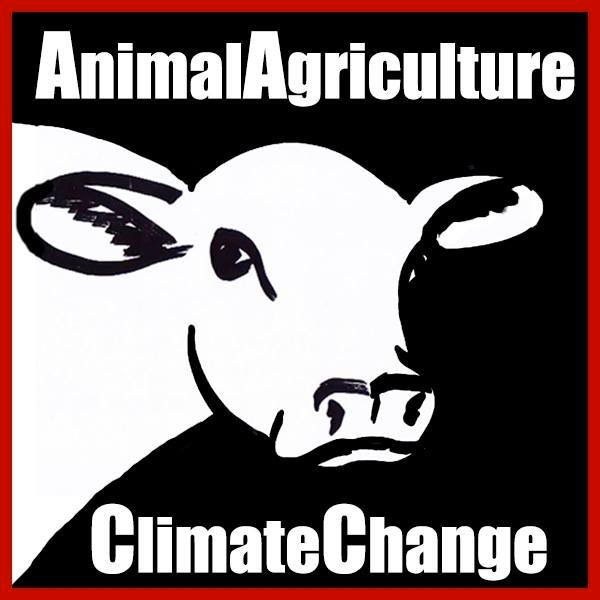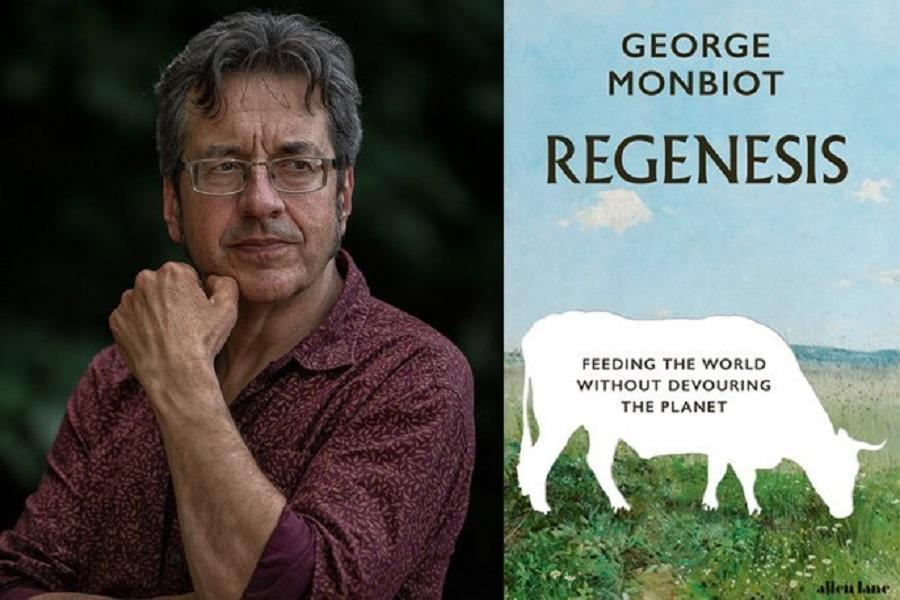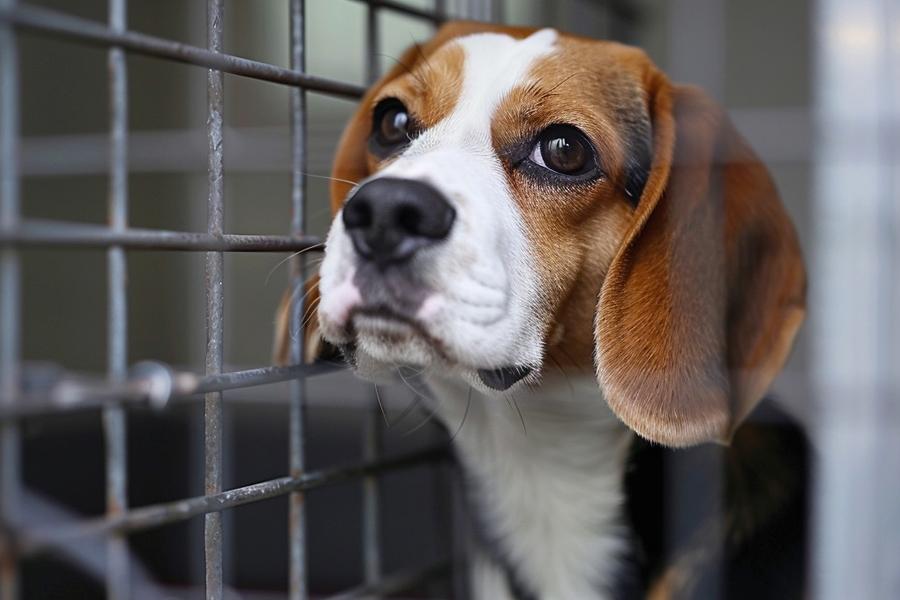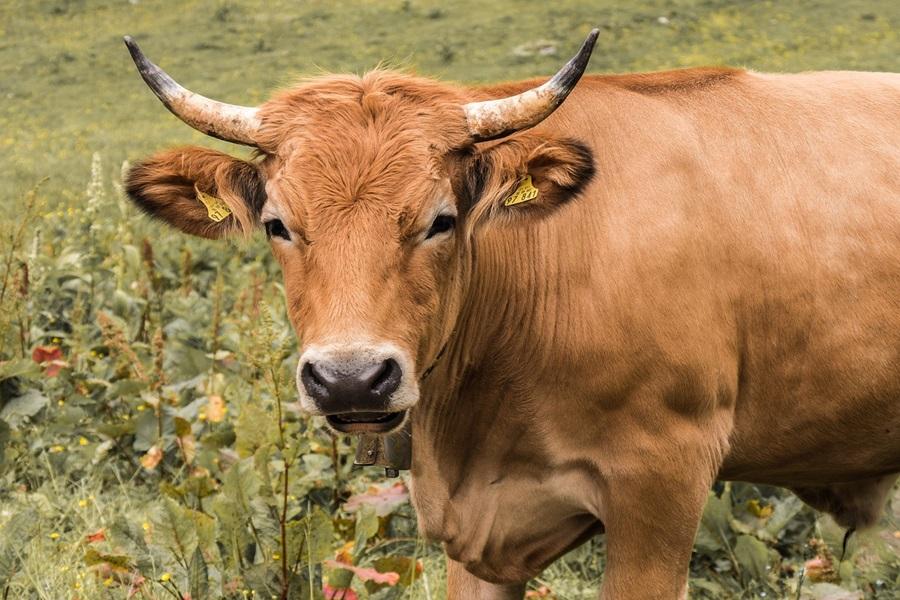In his recent book, “Regenesis”, George Monbiot considers the ways that agriculture could be transformed for the good of the planet.
In the beginning, God created the heaven and the earth. A few days later, according to Genesis, humans were added to the earth, and we proceeded to make a hash of it. There are 8 billion of us, we all have to eat, and our diet (among other things) is wreaking havoc on our planet. British journalist George Monbiot wants to give us a do-over, and he has some suggestions in his book, “Regenesis.”
For a journalist on the food-and-planet beat (me) to write about a book by another journalist on the food-and-planet beat (Monbiot) is, to some extent, an exercise in worldview-matching. Obviously, his book is good to the exact extent he agrees with me! Which, in this case, is maybe 70 percent. But reasonable people can disagree about the remaining 30 percent, and that’s not why I want to tackle the book.
I want to tackle it because Monbiot writes extensively and persuasively about what is arguably the most important and underappreciated aspect of food’s effect on climate: land use. “The climate costs of farming mirror its land costs,” he writes, and our central challenge is “to produce more food with less farming.”
Greenhouse gases from food are somewhere between a quarter and a third of our annual total (Monbiot cites the higher estimate), and a quarter of that comes from land-use changes. Historically, Monbiot points out, citing the work of soil scientist Rattan Lal, the conversion of land in the industrial age has been responsible for 190 billion tons of carbon being released into the atmosphere, compared to 490 billion tons for fossil fuels.
Our biggest opportunity to reduce food-related greenhouse gases is to find ways to feed a growing population without expanding food’s land footprint and, ideally, to free up some land to return to its pre-agricultural, carbon-storing state.
The biggest user of land, by a country mile, is cattle (with an assist from sheep and goats). Right now, about half of the world’s habitable land is used to feed us, and three-quarters of that is for livestock. Worldwide, 8.2 billion acres are used for grazing, compared to 3.5 billion for crops. Monbiot makes the case that re-wilding that land, and switching from animals to plant protein, would be the best way to reduce the carbon impact of our diet. (He also addresses the issue of managed grazing to sequester carbon. I have, too, so I won’t rehash it here. The net is that the numbers don’t pan out.)
“Raising a kilogram of beef protein releases 113 times more greenhouse gases than growing a kilogram of pea protein,” Monbiot writes, using Our World in Data’s analysis. “Pasture-fed beef and lamb have by far the worst impacts; three or four times worse … than beef raised intensively on grain, harmful as this is.”
I’m not as anti-beef as Monbiot is. I think there are places where producing high-quality food on low-quality land is important, especially in the developing world, where cattle aren’t just food sources but also serve as farm labor and transportation. Even here in the United States, where beef consumption continues to increase despite all the shouting from the rooftops, there are places where cattle can be used to restore degraded land.
But, even if you’re eating beef from those cattle (and you probably aren’t), you need to eat less beef because we need that beef to feed as many folks as possible to offload demand from other, more destructive kinds of beef.
The land-use issue doesn’t end with grazing, though. Cropland doesn’t get a pass.
As industrialized agriculture depletes soils and harms the environment, and climate change threatens our ability to grow food, the challenge is to improve environmental outcomes and adapt to changing conditions — without sacrificing yields. We need to “radically to change the way we grow plants,” Monbiot writes.
But a funny thing happens when you go out in the world talking about the importance of crop yields. You run into people who associate the very idea of yield with the excesses of industrial ag, and who are committed to nonindustrial systems even in the face of a yield penalty. Sometimes, those people call you names. Ahem.
The nonindustrial system discussed most often is, of course, organic. While Monbiot acknowledges its advantages (the farms tend to be more diverse, they use fewer pesticides and antibiotics), the yield penalty is, for him, a dealbreaker. “The global average gap between organic and conventional yields is, according to different estimates, somewhere between 20 percent and 36 percent.” That means you need between 25 and 50 percent more land to grow the same amount of food.
Okay, so if organic isn’t the answer, what is?
That’s the hard part. Monbiot is absolutely right that a plant-based diet (he’s vegan; I’m not) is a climate win, but “Regenesis” also has supply-side suggestions.
For meat, Monbiot looks to precision fermentation to replace it. I sure hope that technique, in conjunction with other non-meat meat replacements (cultivated, plant-based, hybrids of all of those), makes a dent in meat consumption, but I’m not quite at his level of optimism. This is, of course, a crystal ball issue, and I hope Monbiot’s is more accurate than mine.
The path to more food with less farming is rockier for plants. I’m totally with him on most of the row-crop solutions he talks about: Three cheers for no-till, cover crops and complex rotations. The problem is that they don’t reliably sequester more carbon or increase yields, even though they all improve some environmental outcomes. And his other solutions, interesting as they are, don’t seem likely to solve the problem.
Take Kernza, a perennial wheatgrass. I’m enthusiastic about perennial grains, especially rice, which is already being grown in China, and has yields comparable to annual varieties. But, after spending most of a book writing about more food with less farming, Monbiot gives only a couple sentences to the fact that Kernza yields are about one-quarter that of wheat. “The breeders hope to match wheat yields within thirty years.”
This, on the heels of dismissing Ian Wilkinson, who is experimenting with agroecology, for his low yields, despite soil and biodiversity improvements. Wilkinson doesn’t get 30 years’ grace.
On the vegetable front, Monbiot profiles a fascinating farmer, Iain Tolhurst, who has created a remarkable 17-acre farm out of land that’s 40 percent stone. He calls his technique “stockfree organic” and uses almost no off-farm inputs. Much of the work is done by hand, some by an “ancient tractor.” He grows 100 kinds of vegetables, and his yields meet or exceed those of conventional farms.
But he employs 12 people in peak season, takes two days off a year, and nets about $90 a week. The farm exists only because the friendly nobleman-landlord wants his land to grow food.
My husband and I have a small oyster farm that we’ve actively worked for a decade, and if it required full-time hard labor to make $5,000 a year, no oysters would be forthcoming. I think most farmers would say the same. To be sustainable, farms have to be profitable. And, maybe because I’ve done a lot of it, I think backbreaking manual labor is something we should work to minimize.
The meh-ness of the solutions Monbiot floats isn’t because there are better ones that he missed. It’s because this is a very hard problem, which he acknowledges. “There are no perfect solutions in an imperfect world,” he says. Amen. But lots of farmers are making lots of interesting attempts, and Monbiot’s book makes a strong case that, as we evaluate them, land use has to be a top priority.
Meantime, if you want to reduce the climate impact of your diet, but aren’t prepared to go full-blown vegan, eat less beef, waste less food, and eat more grains, legumes, tubers and tree crops. Throw in a few oysters, and think of me.
Original source: https://www.washingtonpost.com











